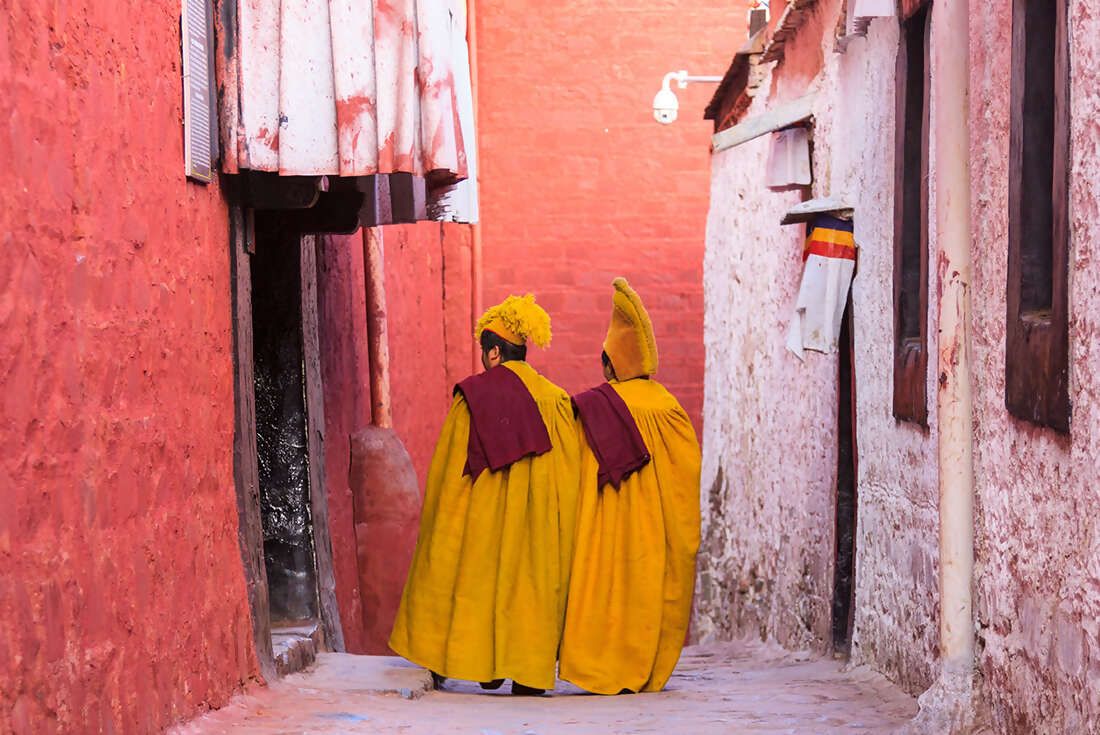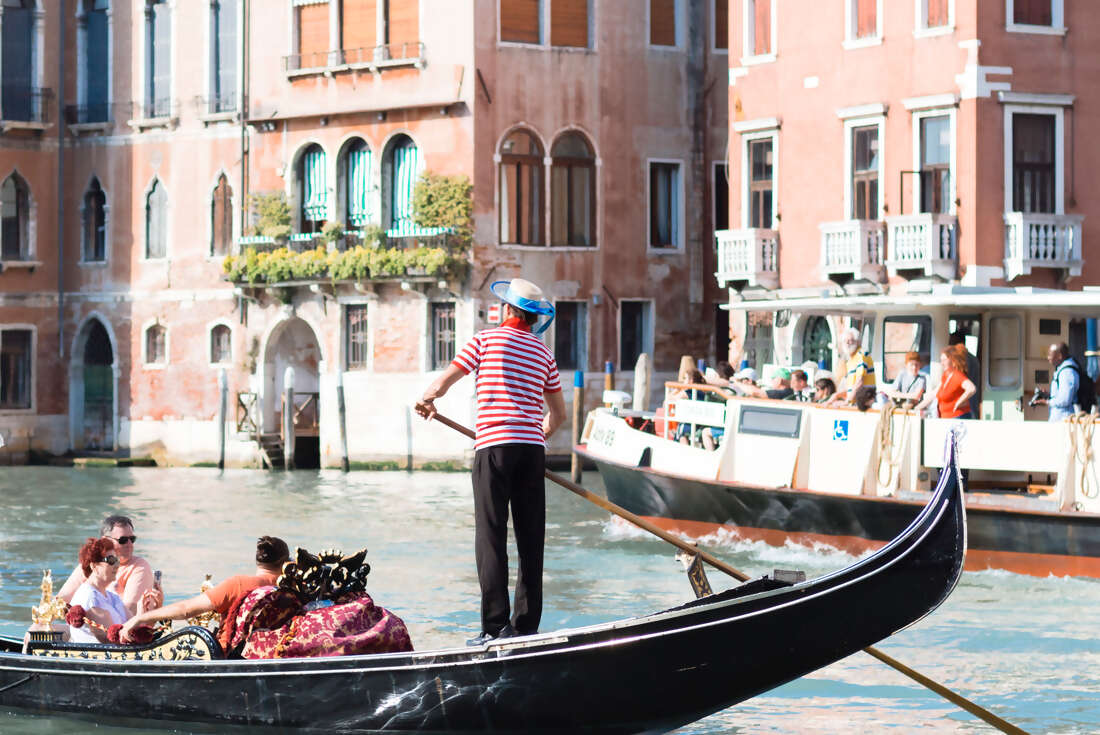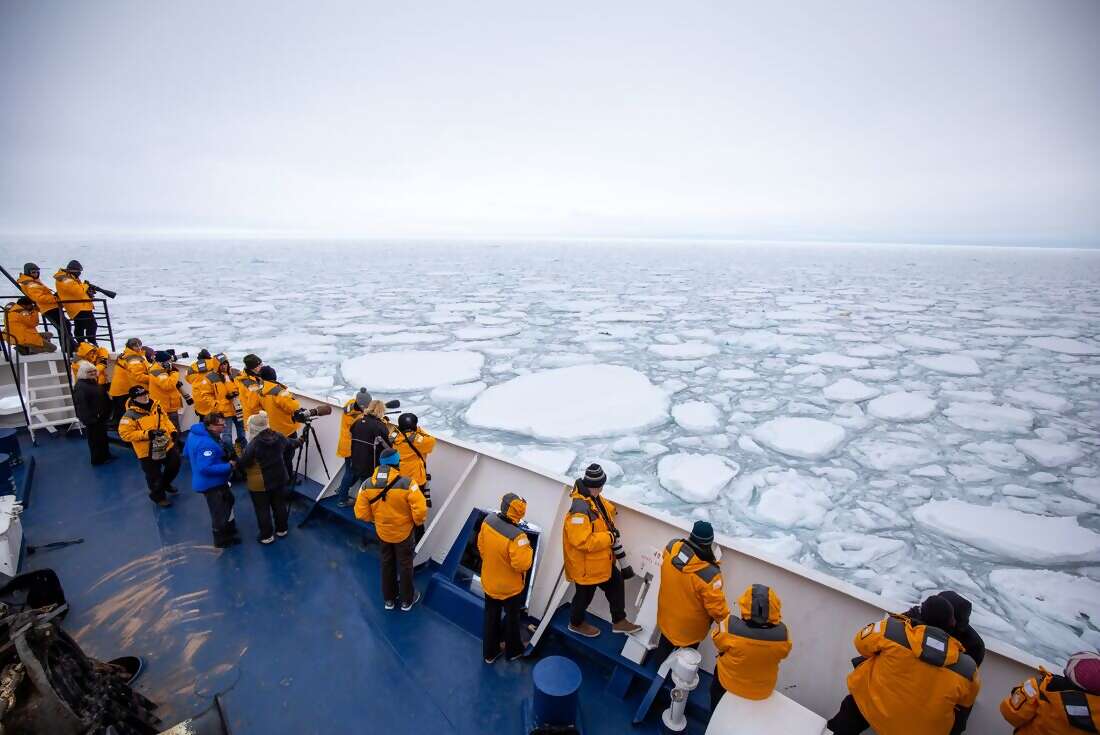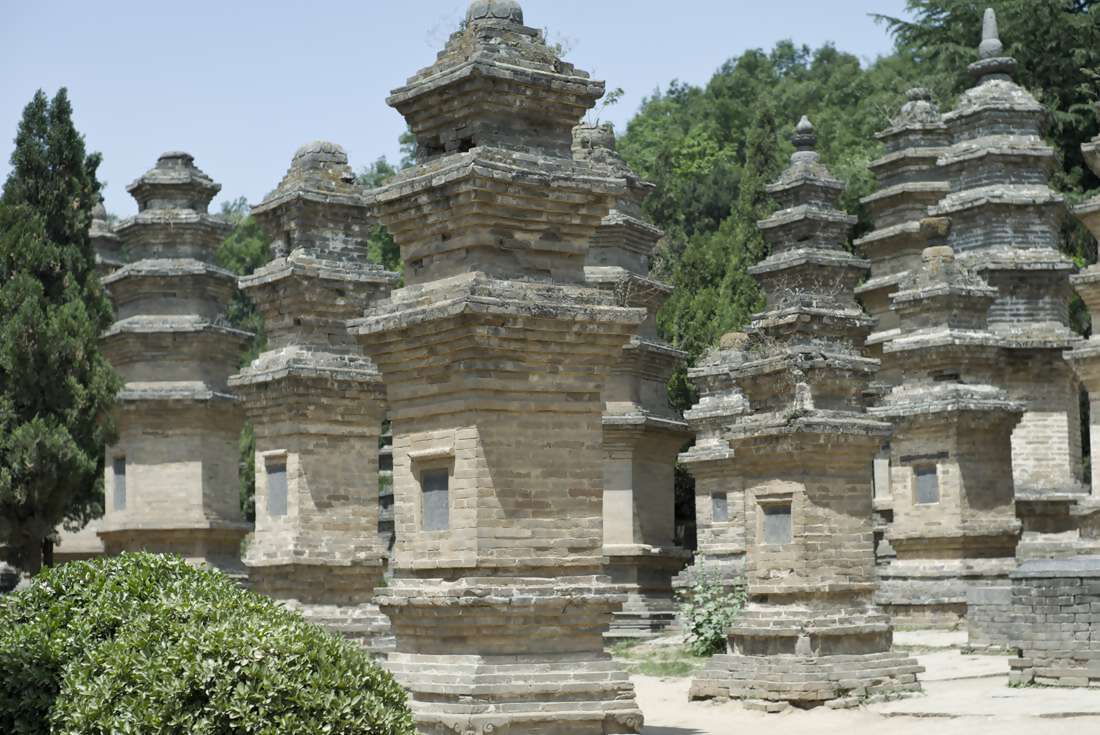 Beginning in Germany and ending in Italy, this tour hits seven countries but doesn’t rush them. See historic landmarks, medieval squares, hilltop castles, romantic canals and make memories that will last a lifetime. Beginning in Europe’s alt-capital Berlin, walk the ‘Royal Route’ in Krakow, soak up the terracotta views of Prague and Cesky Krumlov and the classic vibes of Vienna, see the might Danube in Budapest, be charmed by Lake Bled, get (good) lost among the canals of Venice, hit up the charmed towns of the Cinque Terre, marvel in the arts culture in Florence and finish with a pizza in the piazzas of Rome. With plenty of free time to do your own thing, there's no better way to see this epic pocket of Europe, all with a crew of like-minded travellers by your side.
Beginning in Germany and ending in Italy, this tour hits seven countries but doesn’t rush them. See historic landmarks, medieval squares, hilltop castles, romantic canals and make memories that will last a lifetime. Beginning in Europe’s alt-capital Berlin, walk the ‘Royal Route’ in Krakow, soak up the terracotta views of Prague and Cesky Krumlov and the classic vibes of Vienna, see the might Danube in Budapest, be charmed by Lake Bled, get (good) lost among the canals of Venice, hit up the charmed towns of the Cinque Terre, marvel in the arts culture in Florence and finish with a pizza in the piazzas of Rome. With plenty of free time to do your own thing, there's no better way to see this epic pocket of Europe, all with a crew of like-minded travellers by your side.Highlights
Central Europe is all about the narrow alleyways, cobblestone streets and ancient staircases – good thing you’ll be getting around with a small, unobtrusive group, and able to check things out at your own pace – not just catch a glimpse from a bus window.
So much of what is great about Europe – art, history, music – can be found in Vienna, but it’s sometimes overlooked by younger travellers. Not on our watch!
Step into the pages of a fairy-tale on the shore of Slovenia’s Lake Bled. See the church on the island in the lake’s centre and treat yourself to a slice of cream cake.
Never go hungry (or thirsty) with mouth-watering seafood along Italy's coast, fine wine in Tuscany and endless pasta dishes on offer in Rome.
Discover the country within a city at the Vatican with a leader-led tour of St Peter’s Basilica, packed with rich history and full of religious icons and unforgettable artwork.









- You will visit the following places:
-

Berlin
-

Krakow
Krakow, a city in southern Poland, is known for its well-preserved medieval core and Jewish quarter. It is the second largest and one of the oldest cities in Poland. It has traditionally been one of the leading centres of Polish academic, cultural, and artistic life and is one of Poland's most important economic hubs. The city has grown from a Stone Age settlement to Poland's second most important city. It began as a hamlet on Wawel Hill and was already being reported as a busy trading centre of Slavonic Europe in 965. With the establishment of new universities and cultural venues at the emergence of the Second Polish Republic in 1918 and throughout the 20th century, Kraków reaffirmed its role as a major national academic and artistic centre.
-

Prague
Prague, is situated on the Vltava River in central Bohemia. It is the capital and largest city of the Czech Republic. The city proper is home to about 1.3 million people, while its metropolitan area is estimated to have a population of over 2.3 million. It has been a political, cultural and economic center of Europe and particularly central Europe for the over 1,100 years of its existence. For centuries, during the Gothic and Renaissance eras, Prague was the permanent seat of two Holy Roman Emperors and thus was also the capital of the Holy Roman Empire. The city played roles in the Protestant Reformation, the Thirty Years' War, and in 20th-century history, both during the two World Wars and during the post-war Communist era.
-

Český Krumlov
Český Krumlov, translated sometimes to Czech Crumlaw, is a small city in the South Bohemian Region of the Czech Republic where Český Krumlov Castle is located. Old Český Krumlov is a UNESCO World Heritage Site[ and was given this status along with the historic Prague castle district. It is an outstanding example of a small central European medieval town whose architectural heritage has remained intact thanks to its peaceful evolution over more than five centuries. The town is also very popular among tourists, who outnumber the local population in the summer.
-

Vienna
-

Budapest
Budapest is the capital of Hungary. As the largest city of Hungary, it serves as the country's principal political, cultural, commercial, industrial, and transportation centre. In 2010, Budapest had 1,721,556 inhabitants, down from its 1980 peak of 2.06 million. The Budapest Commuter Area is home to 3,271,110 people. The city covers an area of 525 square kilometres (202.7 sq mi) within the city limits. Budapest became a single city occupying both banks of the river Danube with a unification on 17 November 1873 of right (west)-bank Buda and Óbuda with left (east)-bank Pest. Budapest is one of Europe's most delightful and enjoyable cities. Due to its scenic setting and its architecture it is nicknamed "Paris of the East".
-

La Spezia
-

Florence
Florence is the capital city of the Italian region of Tuscany and of the province of Florence. It is the most populous city in Tuscany, with 367,569 inhabitants (1,500,000 in the metropolitan area). The city lies on the River Arno and is known for its history and its importance in the Middle Ages and in the Renaissance, especially for its art and architecture. A centre of medieval European trade and finance and one of the wealthiest cities of the time, Florence is considered the birthplace of the Renaissance; it has been called the Athens of the Middle Ages. Florence is often known as the ''Jewel of the Renaissance''.
-

Rome
Rome is the capital of Italy and the country's largest and most populated city and comune, with over 2.7 million residents in 1,285.3 km2 (496.3 sq mi). Rome's metropolitan area is the second largest in Italy Milan, with some 3.7 million residents. The city is located in the central-western portion of the Italian Peninsula, on the Tiber River within the Lazio region of Italy. The historic centre of the city is a UNESCO World Heritage Site. With wonderful palaces, millennium-old churches, grand romantic ruins, opulent monuments, ornate statues and graceful fountains, Rome has an immensely rich historical heritage and cosmopolitan atmosphere, making it one of Europe's and the world's most visited, famous, influential and beautiful capitals.